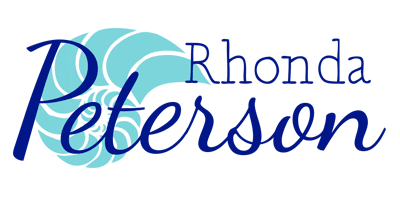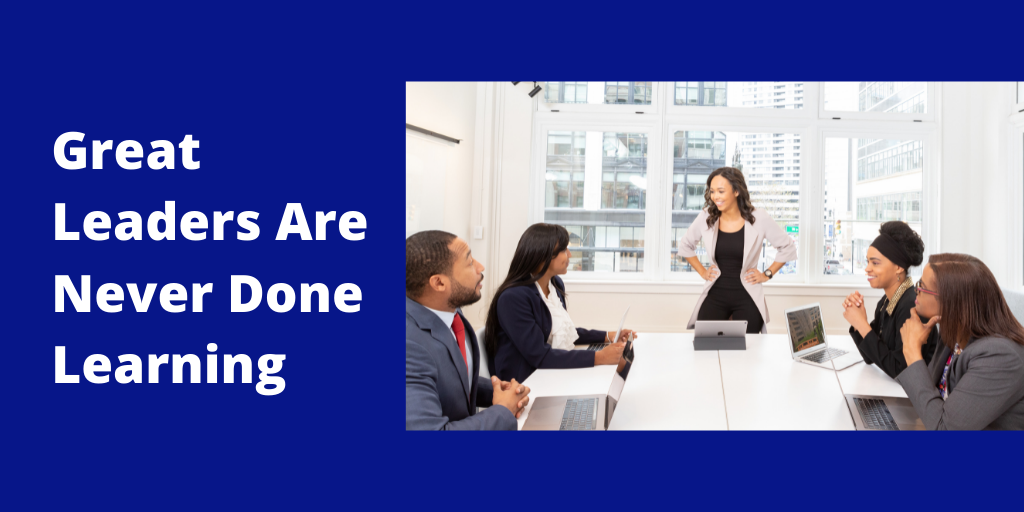As children, we embrace curiosity and the “get up and try again” learning process. Unfortunately, this attitude transitions to resistance towards learning new things for most adults. The reasons vary. It can stem from the “we’ve always done it this way” frame of mind. Or it could be because change equals loss, and people want to avoid the grieving process that comes with that loss. There is also a fear of looking incompetent because it’s impossible for us to be perfect the first time we try something new and different. Some people simply perceive themselves as “graduated” once they’ve learned something as opposed to being lifelong learners.
The list goes on. Wherever the responsibility lies, we’ve somehow accepted this message that as adults we’re supposed to know things. If we don’t already know them, we’re a failure. That’s not reality. The belief that we must always have the correct answer and never have to learn anything new prevents us from growing into the possibilities and potential of our adult years.
Growing Edges
The stories we tell ourselves about who we are, what we're capable of and where we should spend our energy shapes the results that we get in business and life. The concept of growing edges describes our need to do hard things and learn something new. It could be a new software or a new way to interact with people. There’s a million ways we need to step out of our comfort zone to make room for improvement.
It's hard to do, but stepping into our growing edges is how we find greater growth and profitability for our company, and greater opportunity and satisfaction as an individual. Growing as a business owner is about stretching to new places where our energizers can give us the best outcomes for our organization.
Stages of Competence
If there's anything the last two years have shown us, it's that we cannot rely on the old ways of doing things in every situation. How we run our business, deal with our health and generally approach life have all changed. The conscious competence learning model helps us see recognize our growth pattern. It gives us permission to not know today, while moving forward from incompetence to full competence in an area.
An easy way to understand the model is applying it to the process of learning to drive a car.
- When it comes to driving, children are unconsciously incompetent. They don’t have the skills to drive a car and it’s not even on their radar yet to learn those skills.
- As teenagers, they progress to conscious incompetence. They start driver’s ed and get behind the wheel, but they have no idea what they’re doing. It’s uncomfortable and nerve-wracking.
- After enough practice, they move into conscious competence. They can go out on the road but they’re always thinking about what they need to be doing as they drive. Although they’re gaining confidence, it’s still stressful under those circumstances of thinking through every turn, merge and stop sign.
- Finally, they arrive at unconscious competence when everything comes naturally as they’re driving. They get to their destinations safely and hardly remember the drive because it’s so automatic.
The same model applies as individuals take on leadership roles. I’ve said it before – leadership does not come naturally for most.
- I had a friend and client, Christina, who was in a space of unconscious incompetence when it came to leadership. It wasn’t where she was focusing her time and attention.
- She entered a space of conscious incompetence when opportunities were presented to her to step into a leadership role. As she saw the situation, she felt completely incompetent as a leader and had a lot to learn.
- She chose to change her incompetence. She sought out courses and worked with me as a coach on leading from her strengths and leaning into her energizers to grow as a leader. This is the process of moving from conscious incompetence to conscious competence. She had to think about and process her actions very intentionally in her leadership role.
- Over time, she became more comfortable and confident as a leader. She owned her leadership style and became more established in it. Now, she's in a state of unconscious competence. Leadership is second nature to her. She's an international leader of a nonprofit organization in the role of leadership development for all of Europe. It didn't happen in a week, but over a course of a couple years she went from not seeing herself as a leader to leading and developing others in the same skills.
As the business owner or leader of an organization, you're the one making the decisions that drive the business forward or backward. Backwards is not a good place to go. You must be in your space doing what's yours to do in your organization to make the biggest impact and lead your business forward. That’s central to my coaching, but there’s more to it. I also support leaders as they learn in their space, lean into their growing edges and step into what they need to be doing. Do you need a companion to support you on the journey to unconscious competence? Let’s talk. Schedule a 30-minute coaching discovery call to talk about how we might work together.

